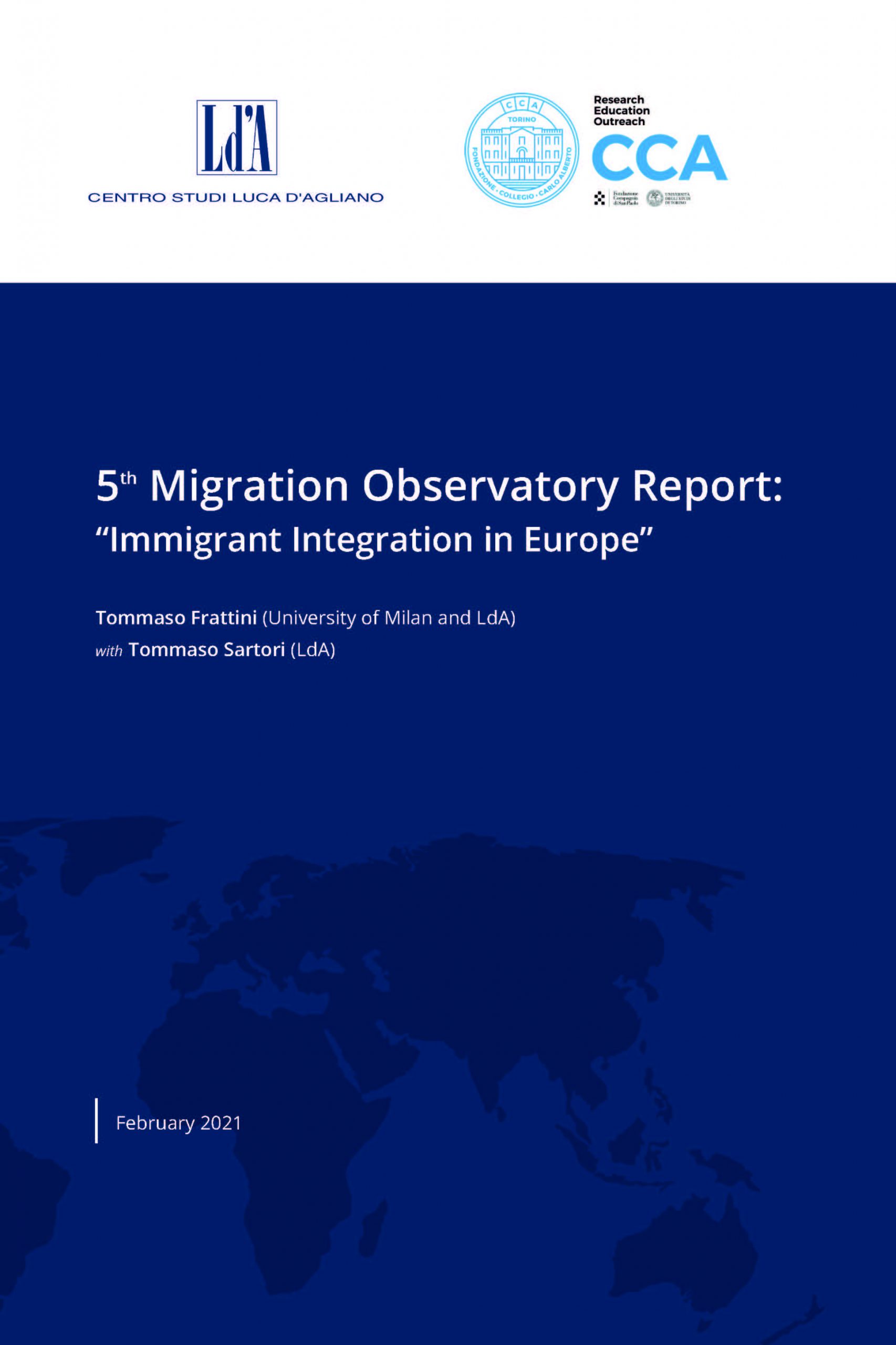5th Migration Observatory Report "Immigrant Integration in Europe"
Abstract:
This is the fifth edition of the Migration Observatory annual report on immigrant integration in Europe. This year, we also focus on the labour market consequences of the COVID-19 pandemic for the immigrant population of Italy.
As in previous years, in the first part we use data from the latest edition of the European Labour Force Survey (2019) to provide a concise, easily accessible and up-to-date source of reference regarding the size, characteristics, and relative economic performance of immigrants in EU countries, and their exposure to the pandemic shock based on their characteristics before the COVID-19 outbreak. In the second part, instead, we analyse data from the Italian Labour Force Survey, until the second quarter of 2020: first, we describe the main characteristics of the immigrant population in Italy; then, we analyse how the coronavirus crisis has affected the labour market outcomes of immigrants in Italy, and explore individual and geographic heterogeneities.
We show that immigrants and natives tend to be employed in different types of jobs, and that their jobs are more likely to be “essential” for the response to the pandemic. At the same time, immigrants are also less likely to be able to work from home, which makes them more vulnerable to job loss and contagion. In Italy, the employment probability gap between immigrants and natives has increased as a consequence of the pandemic. The effect has been stronger for women, for those with low levels of education, and for those living in the South.

